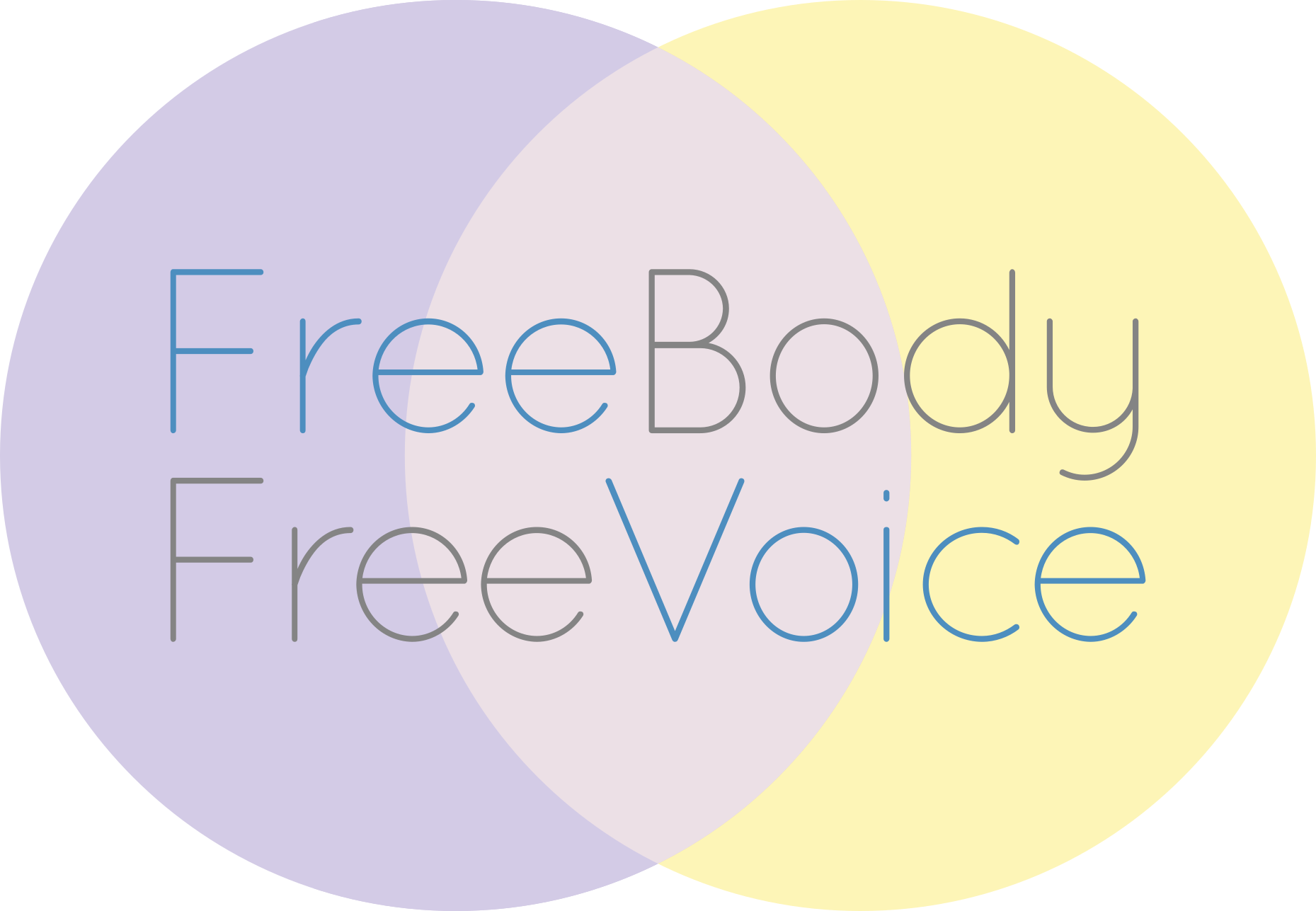Am I leading a recycled life?
Happy August, Readers!In honor of this hot and lazy month, I am taking off from teaching starting this weekend until after Labor Day. I'd like to make this month maximally relaxing, so in lieu of active blogging, I'm going to be recycling some entries from my now defunct former blog, starting with this entry from May of 2007, entitled "Am I leading a recycled life?" (How ironic.)
And if you're intrigued by the topic of this essay, head over to my partner Peter's blog, where today he brings up some closely related issues. Browse around while you're there; he's a brilliant and often brilliantly funny writer.
Am I leading a recycled life?
Photo by Charles Deluvio on Unsplash
One of my students came in for his lesson this week with a fascinating account of how he had become aware of a set of habits associated with seeing pretty girls on the street. This seeing-a-pretty-girl habit pattern included muscular tensions that interfered with his freedom of movement. We discussed various ways he could address these habits, from removing the stimulus altogether by maintaining a more internal focus —with the unfortunate result that he would not get to see pretty girls — to applying the principles of the AT to the situation, allowing a new kind of response to evolve.
Since teaching this lesson, I have become more aware in walking around the City of myself having a set response to various types of sensory stimuli. I seem to have developed sterotypical responses to seeing cute dogs, overweight police officers, and trash lying in the street; of hearing sirens, a British accent, and Madonna songs; of smelling pizza, hyacinths, and homeless people. My habitual responses include physical elements, like forming my mouth into a certain shape or tightening to pull up my chest, and mental elements — these are what really astounded me — like thinking "Oh, what a cute puppy!" or "Mmmmmmmmm" or "Is that policeman really going to be able to help me if something goes down?"
The astounding part is how similar my thoughts were every time I encountered a particular kind of stimulus. I realized that instead of allowing myself to notice how a new situation, object, or person could affect me, I mentally assigned the situation, object, or person to a pigeon-hole category and called up a stored response from my mental archives. So before I could experience that pug puppy for what it is, I was running my "Oh what a cute puppy!" program, thus preventing myself from noticing what unique about this particular puppy. Considering the limited range of response I was allowing myself, I might as well have been seeing the same puppy over and over.
As unfortunate as it may be to not experience a puppy or a hyacinth for what it truly is in the moment, how much worse to stereotype a person, whether it be a chubby policeman, a sexy athlete in tight running shorts, or a mother pushing a stroller. And yet I find that I have a set response to all these "types" and more. I find it unpleasant to recognize that I have distilled an entire person into a body weight, or a uniform, or a nice set of abs, or any other characteristic. And I find it unsatisfactory to not allow myself an authentic range of response IN THE MOMENT to all these stimuli.
How much of my life has been half-lived by recycling old responses?
To create some change, I have been exploring applying the principles of the AT to my walks around the neighborhood. INHIBITION has been particularly helpful: if I (initially) withold consent from having any response at all to seeing a person on the street, I can block the habitual response from arising long enough to enable the current situation to register authentically on my whole system. When I go through this process, I create an atmosphere of non-judgment; I feel less inclined to assign people and things to existing categories or to rate them according to my inner scale of sexiness, smelliness, or worthiness.
Granted, this way of experiencing requires more of me: I can no longer walk around half-aware, allowing my prior judgments to take the place of seeing, feeling, noticing what is happening right now. But when I commit to this process, I've noticed that it leaves me feeling more peaceful and gives me a sense of connectedness with the world around me. It's also more interesting — I'm noticing more and more details about everything, including myself.

